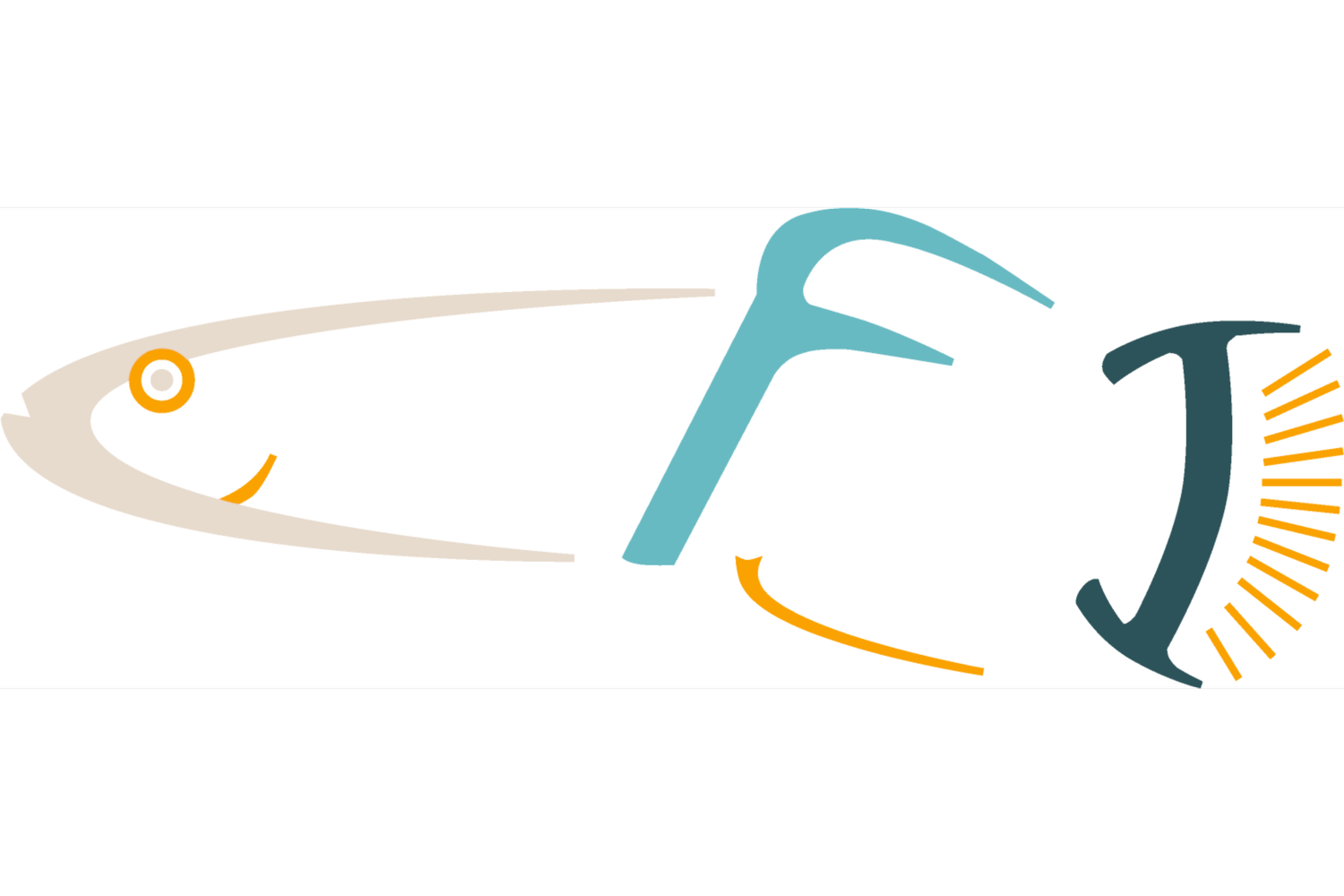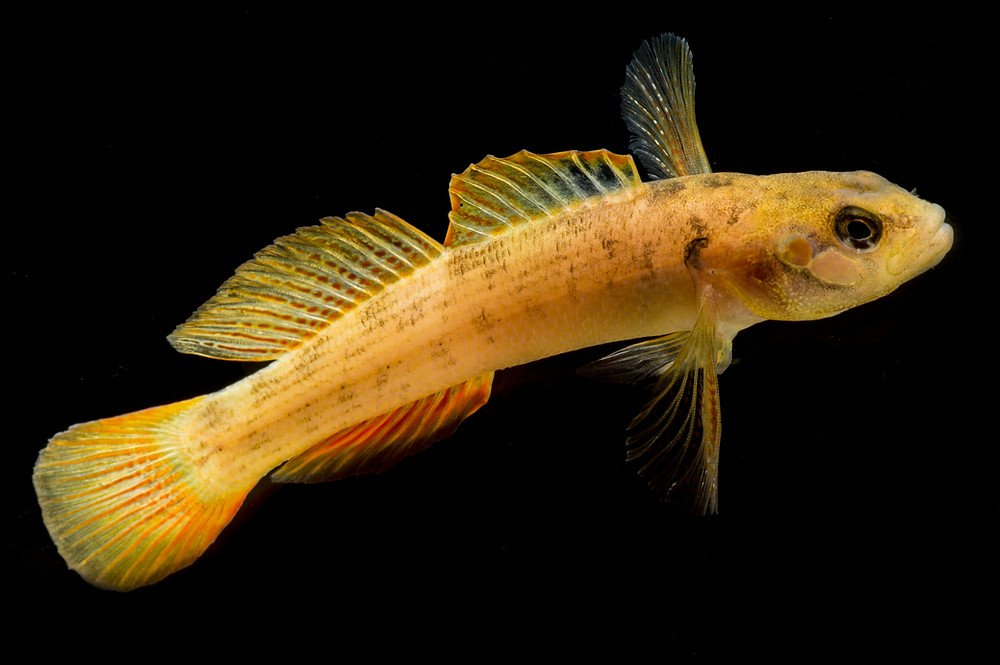2021 Year Update and Big Give Knox
Hi Folks!
Once again I’m writing to tell you that we need your help to continue implementing the CFI much-needed facility expansion and upgrade that we told you about last year. Our phased design is illustrated below. Unlike most of our contracts, which have very specific requirements for spending associated funds, your donations will allow us to continue this necessary work. Please tell your friends and family members about the important work we do and ask them to join us in helping to make a difference.
We are once again participating in The Big Give Knox (#BigGiveKnox). This year, thanks to some generous donors, we have dollar-for-dollar matches for any donations up to $2,500 made during this campaign. Please help us use all of these matching funds. The online giving is available for your tax-deductible donations starting on November 23, 2021, and the one-day event begins at 12:00 am through 11:59 on November 30. To help us out, visit BigGiveKnox-ConservationFisheriesInc .This link will take you directly to CFI’s profile on the BigGive Knox, where you can securely make your tax deductible donation. Alternatively, you can go to the Big Give Knox homepage. This link will open with a search box at the top where entering "Conservation Fisheries, Inc." or "CFI" will take you to our profile where you to securely make tax-deductible donations. Of course, you can make tax-deductible donations to CFI at any time, but this campaign provides a variety of monetary prizes for organizations receiving the most donations during various time periods.
Buck Darter, photographed by Dante Fenolio
Now I’d like to give you a CFI update.
It's been a while. We have had a busy but very productive year in the field and hatchery (and the field work is continuing as I write this). In spite of pandemic and associated problems the days keep passing, fish keep spawning, and CFI staff keep up our dedication to preserving aquatic biodiversity in Southeastern streams and rivers by propagating endangered and threatened fishes in our Knoxville, Tennessee hatchery.
Our hope is to reverse declining trends of southeastern non-game fishes. CFI’s targeted efforts supporting federal agency projects (re)-introducing these propagated fishes to restore lost populations have been successful in reversing trends. We continue our safety emphasis during the pandemic, but we have managed to accomplish an amazing amount of work.
To give you an idea of the type and geographic range of our projects, I have provided a few examples of this year’s work below. Of course, these projects are in collaboration with a wide variety of state and federal agency and other partners.
CFI propagated over 400 Carolina Madtoms this year and 260 of them were released into suitable habitat in the Tar R. system in NC. We transferred about 100 additional fish to the Marion, NC mussel hatchery for continued growth and a spring release! This project is exciting, as the success stimulating captive propagation in this rare fish indicates we may be more successful in stimulating a wider variety of madtom catfish species than we previously believed.
CFI also continued our projects to expand Yellowfin Madtom populations by releasing individuals propagated at CFI (these propagated from wild-collected nests) into the North Fork Holston River in VA. CFI staff observed several tagged individuals previously released by CFI at the sites, indicating we’re on the right track with this project!
CFI propagated 400 Buck Darters this year, and we observed several of our released fish as well as wild produced fish in the stream above and below the release site before releasing fish in KY.
CFI returned almost 1000 Okaloosa Darters produced at CFI to recovering habitats in the Panhandle of FL. This release completes most of our obligation to this project.
CFI has been working with Boulder Darter for over 15 years, and this year we released 442 of them into Shoal Creek in south-central TN. We are excited to say we have seen wild fish from our stocked individuals all the way into Alabama!
CFI propagated Banded Sculpins for release into the Cheoah River in NC. Although not imperiled, these fish had been previously eliminated from this stream.
CFI continues to maintain and add captively produced individuals for our Spring Pygmy Sunfish Ark. We are hoping to find funding to support this project for a fish known only from a small range in northern AL.
CFI collected Crystal Darter breeders from MO. This species is a surrogate that we hope will help us develop propagation protocols for eventual production of Diamond Darters for reintroduction into formerly occupied habitats.
CFI had a very successful year propagating the Pygmy Sculpin with over 350 produced. We ark this population from their only known location in central AL.
CFI produced over 420 Duskytail Darters (propagated from wild collected nests) from Copper Creek in VA. 360 of these were then stocked in the Clinch River in hopes of establishing another stable population outside of Copper Creek. The remaining 60 fish were returned to Copper Creek to offset our nest collections.
CFI continues to produce Yellowfin Madtoms, Citico Darters, Smoky Madtoms, and Spotfin Chubs to stock into Tellico River expanding each species range in TN. All four species have been a long standing stocking effort by CFI and wild individuals from all species were found this year during our monitoring efforts.
Our facility remains at capacity.
Architects George Ewart and Alex Rigopoulis have developed an amazing design (left) that will allow us to renovate portions of the existing building and construct additional space(s) to more efficiently accomplish our work. For example, the variety of species we maintain in our hatchery also do best at their own unique water temperatures. We have been using available technology and equipment to maintain and regulate separately controlled systems in our large, open hatchery.
However, this is challenging, inefficient and expensive. The renovation and expansion plans include separate, well insulated rooms that will allow us to more efficiently regulate these species-specific systems.
In addition to energy efficiency to address species-specific temperature requirements, the planned renovation and expansion will also increase CFI staff efficiency by expanding available project space. For ongoing projects, hatchery staff often spend time shifting fish within the hatchery as needed for various life stages as propagated young grow and have different life history needs. The additional space should reduce the frequency of these efforts. And finally, the expansion will provide space (that we currently do not have) to meet with project partners, and to more easily accommodate the increasing requests for hatchery tours that will increase CFI’s outreach capability.
As you all know, the pandemic has affected the supply chain, economy, and labor needed to accomplish renovation and construction projects like ours.
The short story is that the projected cost of our project has increased significantly. Of the approximately $1.5 million we need for expansion, we have raised almost $70,000 to date from private individuals, foundations, and the City of Knoxville. Clearly, we have a long way to go. However, the deficit isn’t stopping us. We have initiated facility renovation (Phase 0) of our renovation and expansion plan by replacing and refurbishing hatchery infrastructure.
As many of our hatchery fish have been released or transferred to other facilities, we are replacing and refurbishing racks, tanks, pumps, filters, and improving our testing equipment and supplies with some of the funding received thus far. Other efficiencies we are implementing include switching all lights to LED, upgrading pumps that run all the systems to DC units, altering plumbing and flow management techniques that allow us to get better circulation and reducing equipment needs, and refining protocols to increase propagation yields and promote better biosecurity.
Questions? If you have any questions or would like more information, let us know (you can contact Peggy Shute at pwshute@gmail.com.
Thank you in advance for your generosity to our organization!





